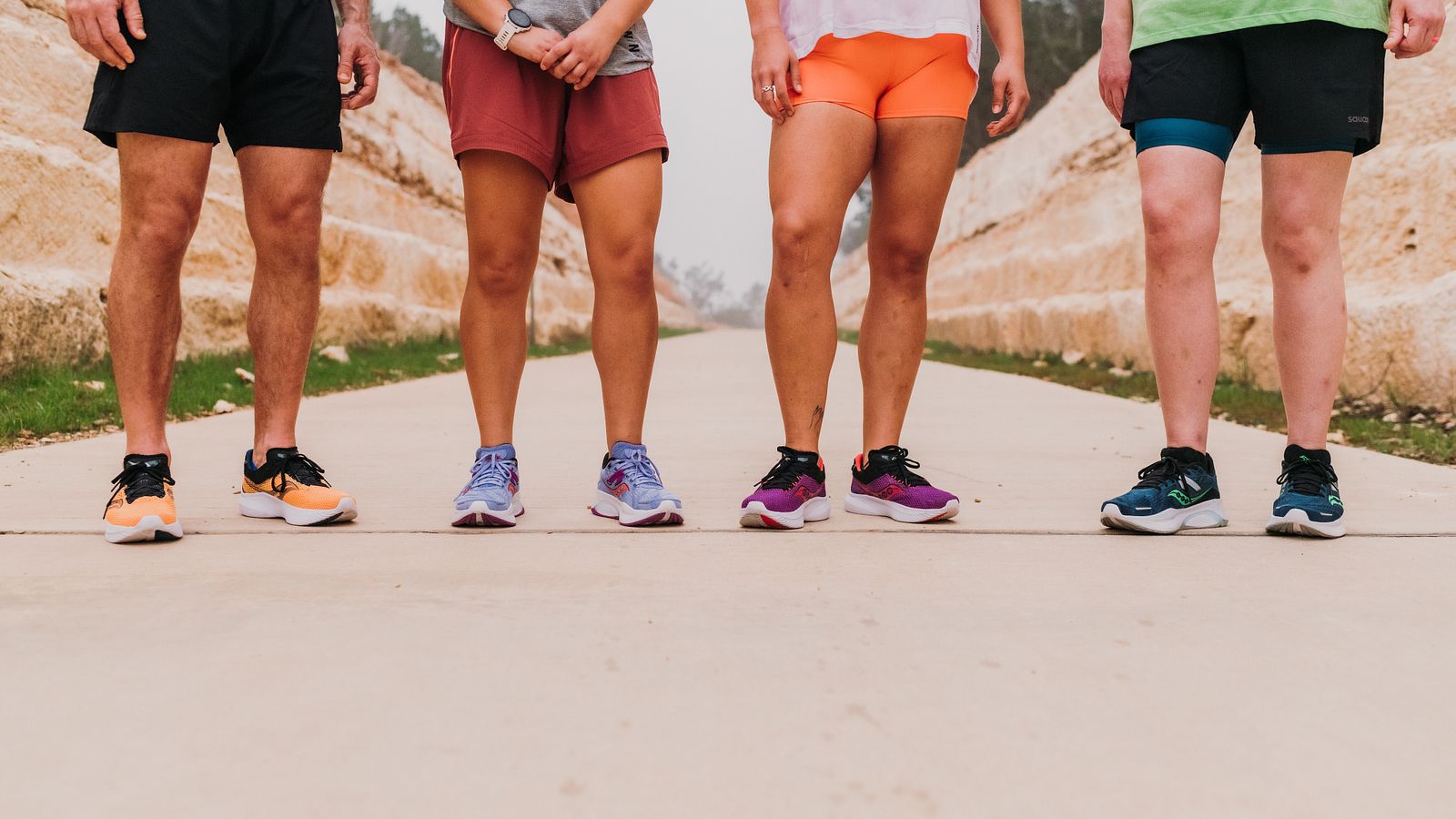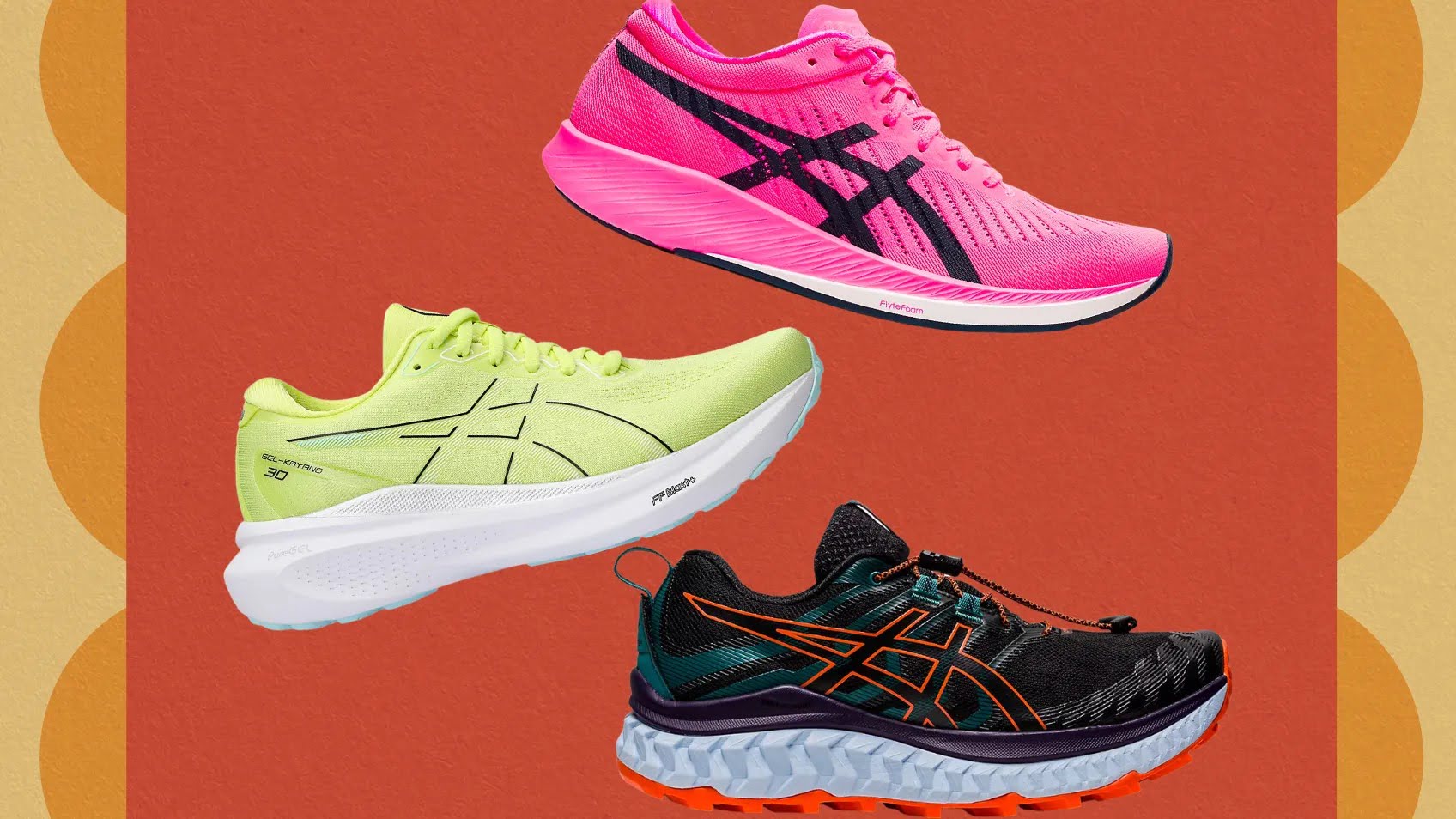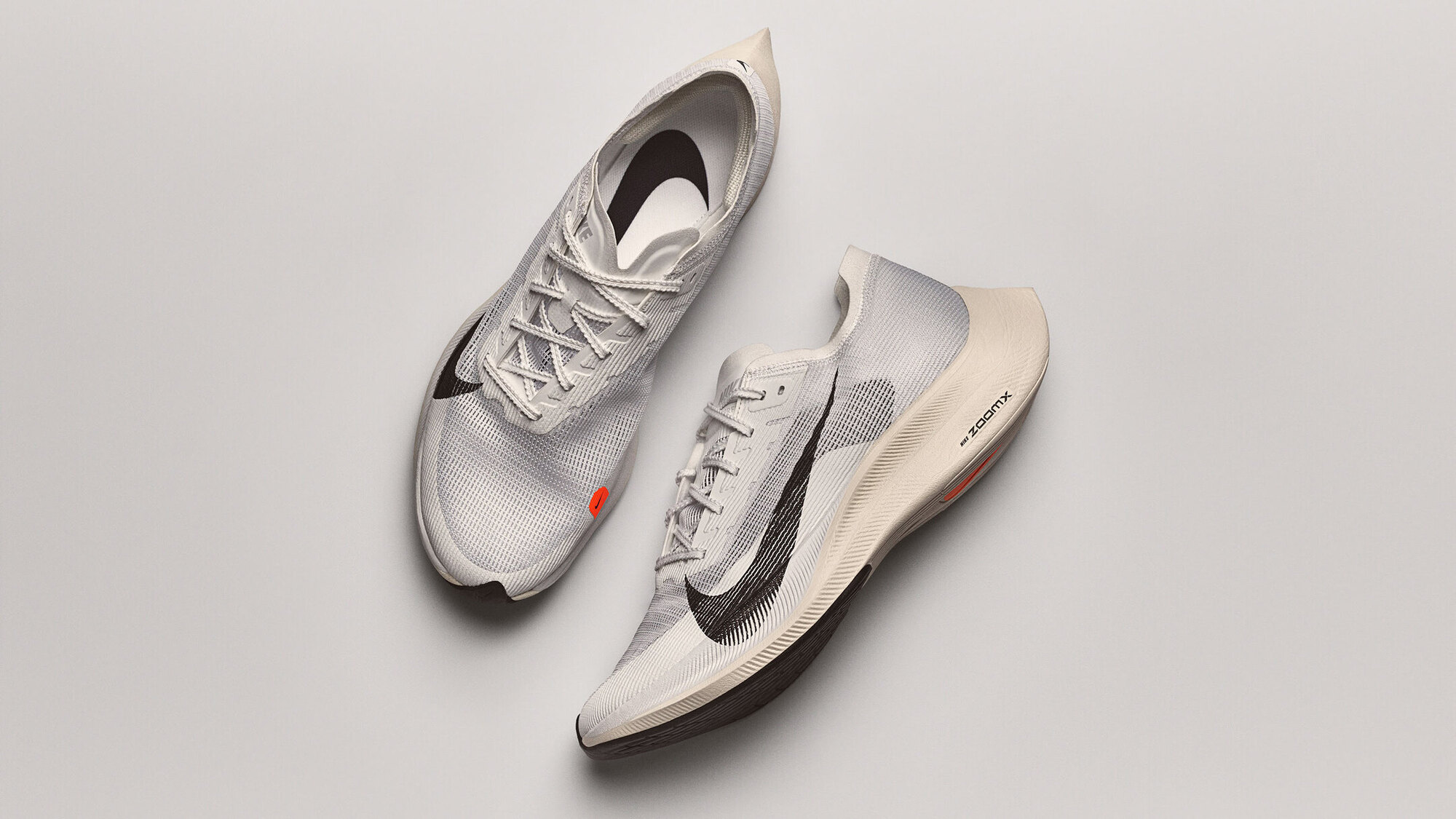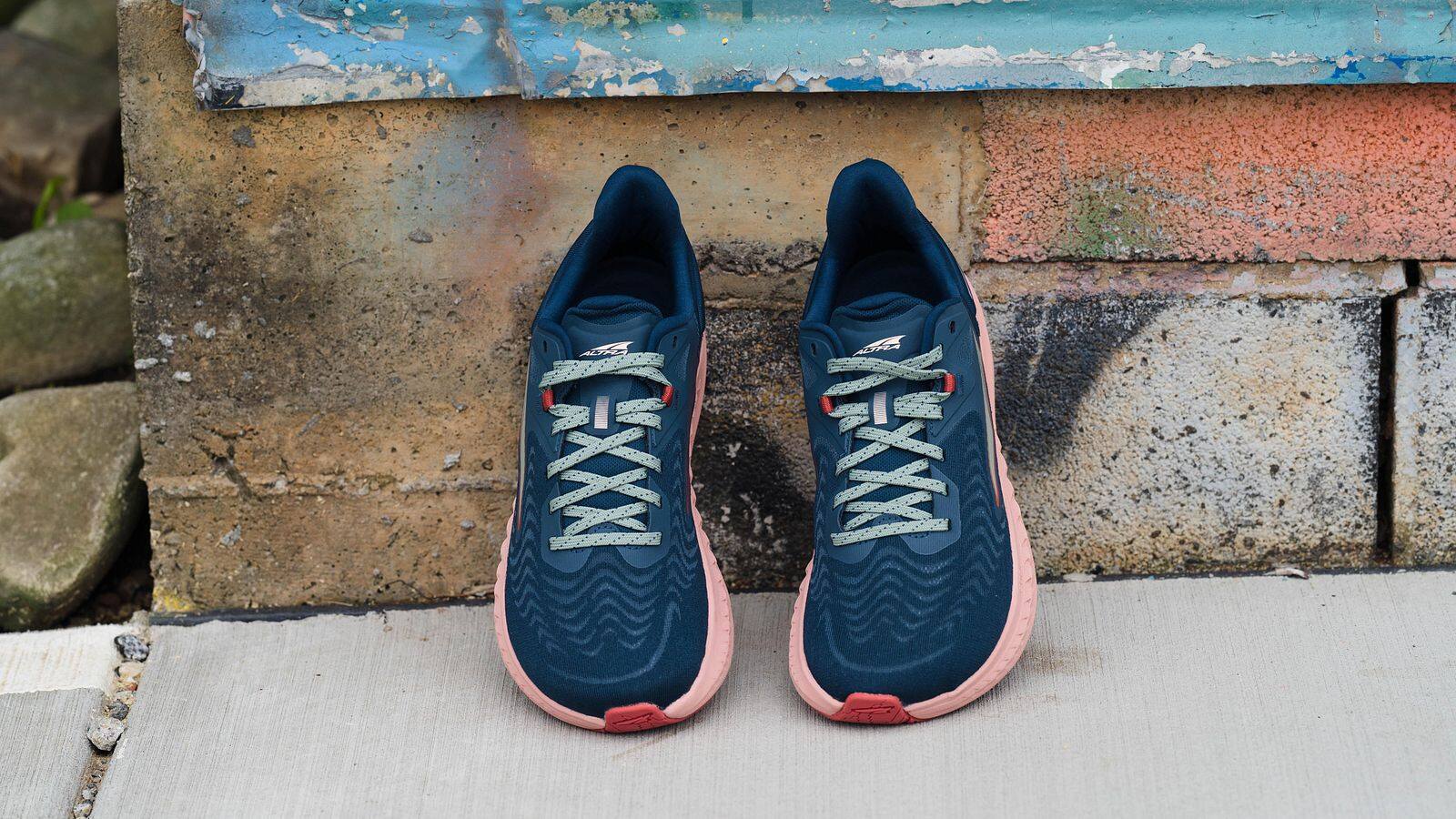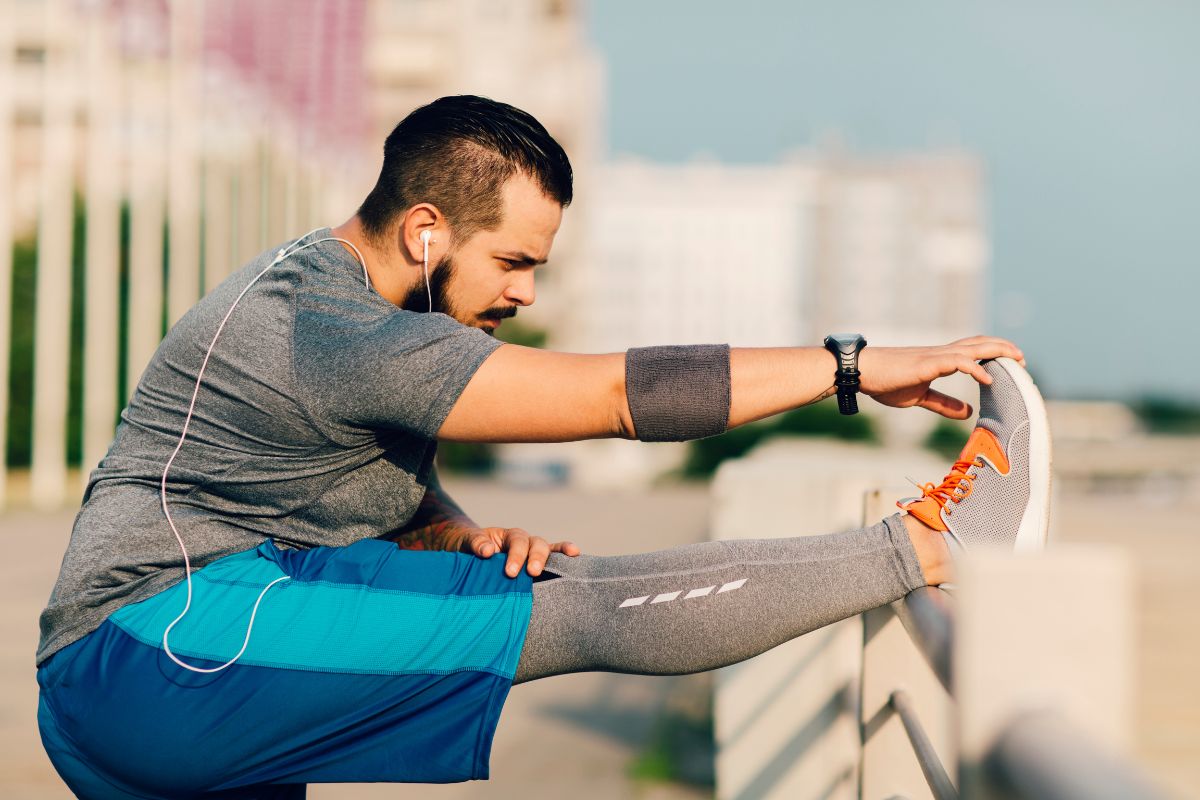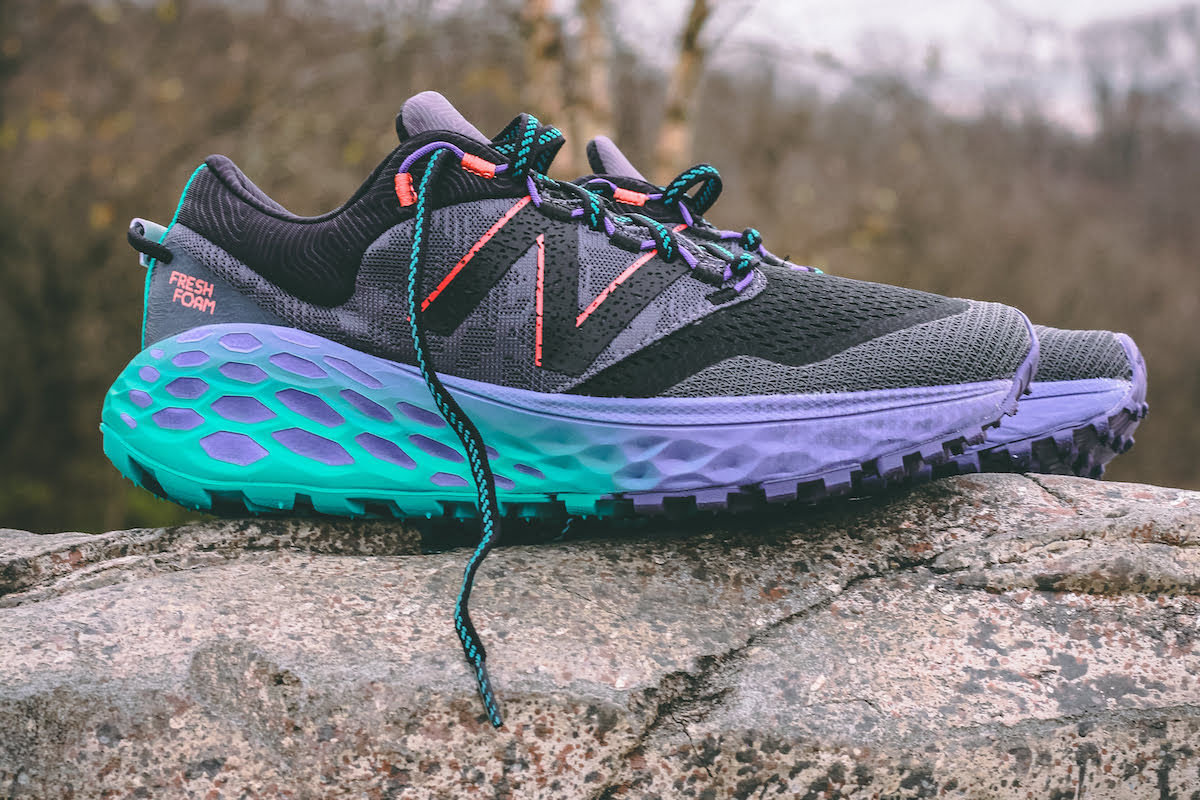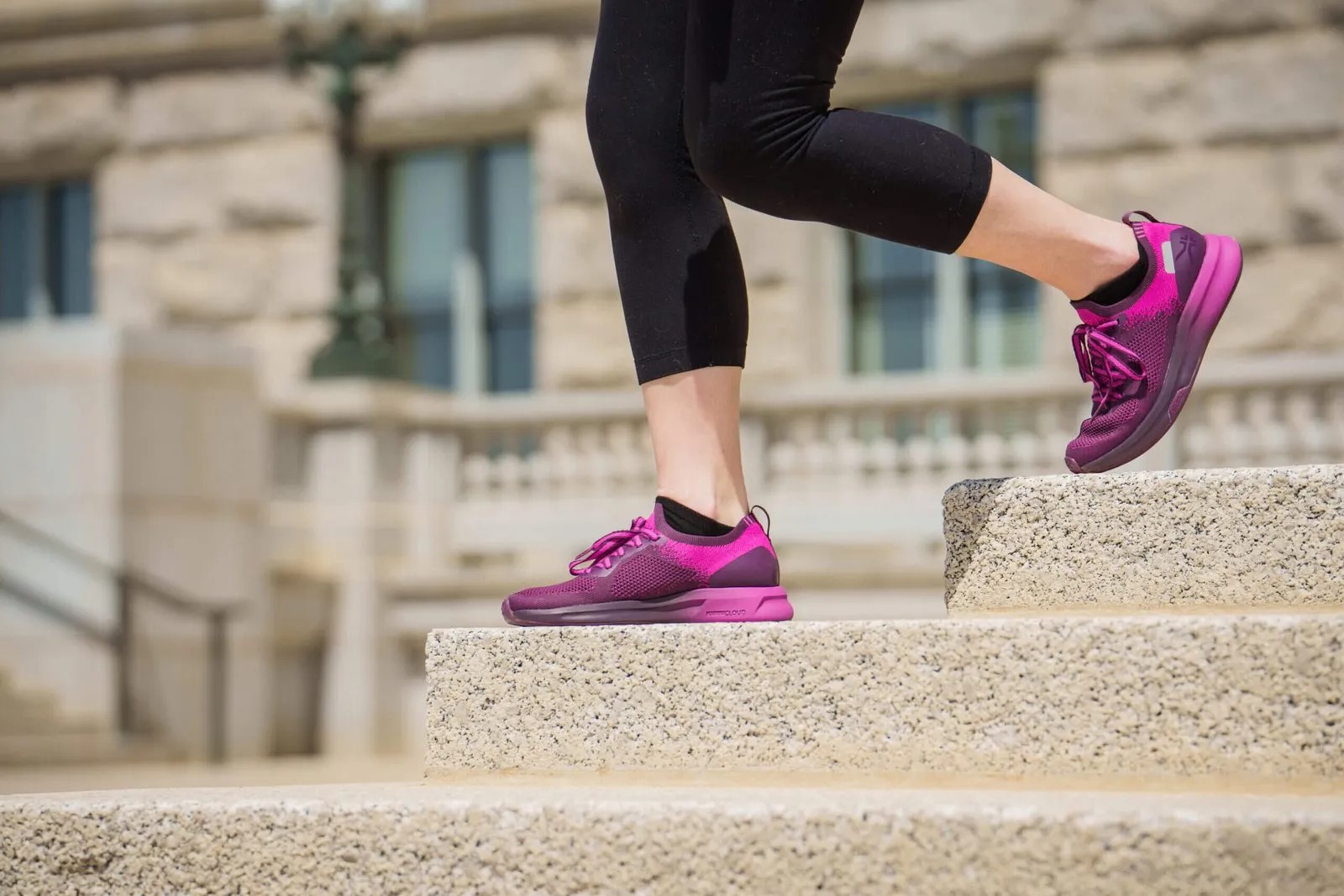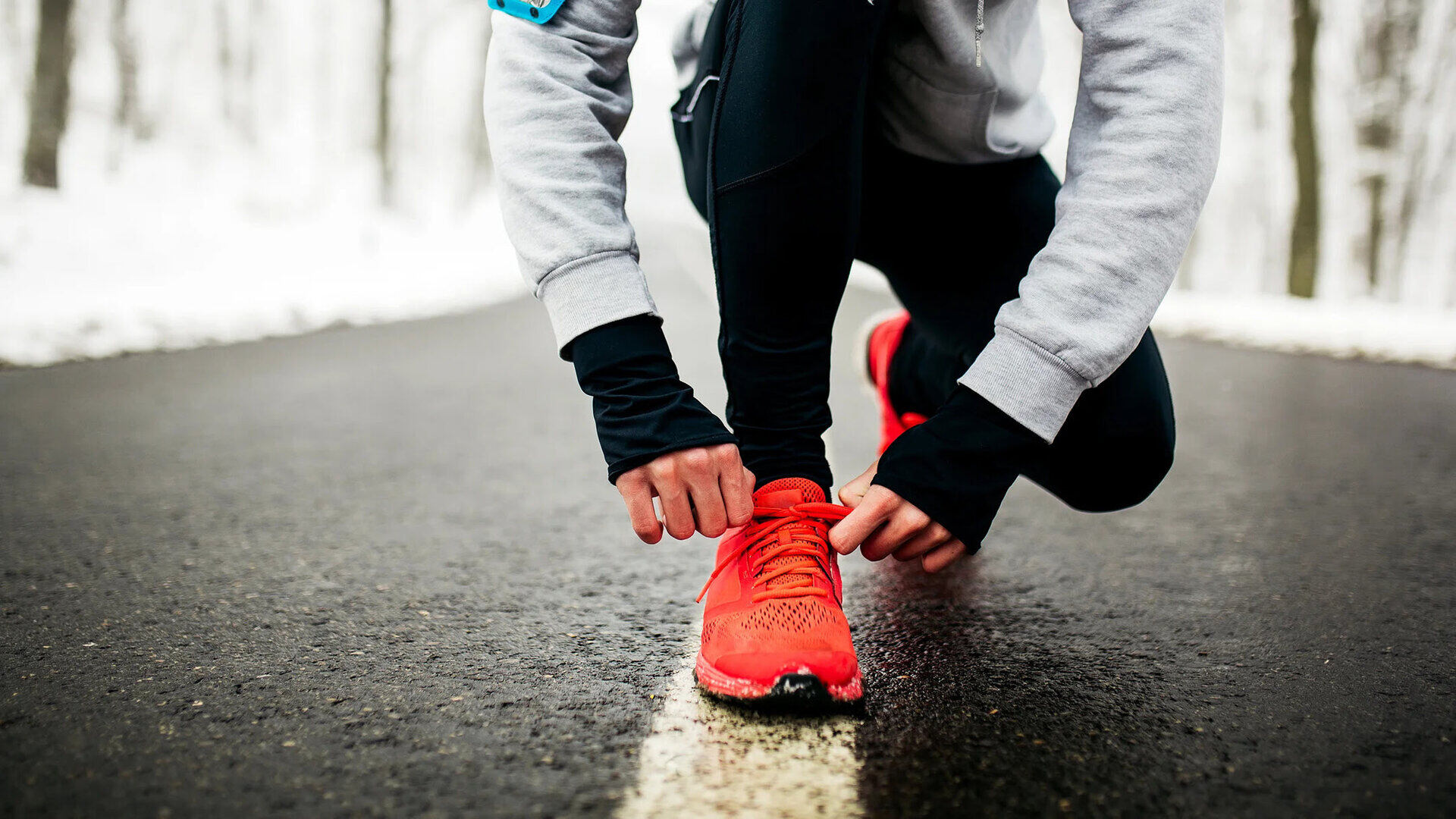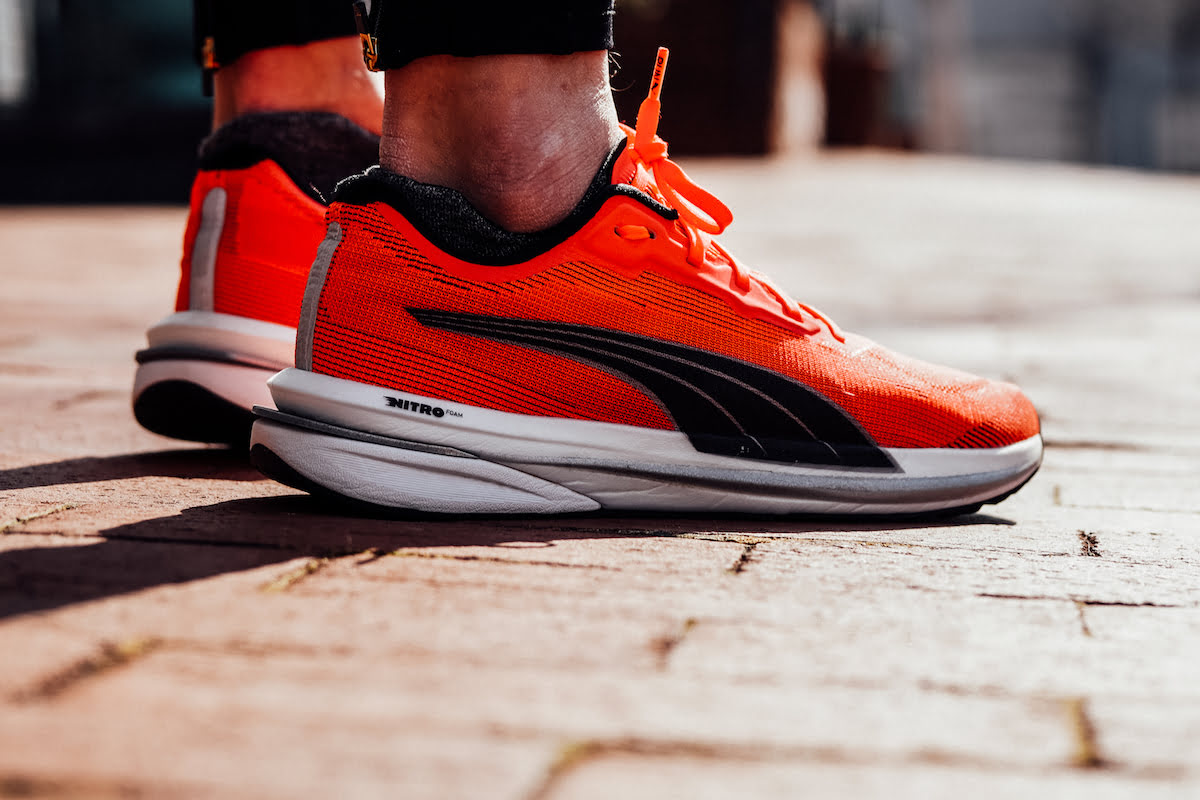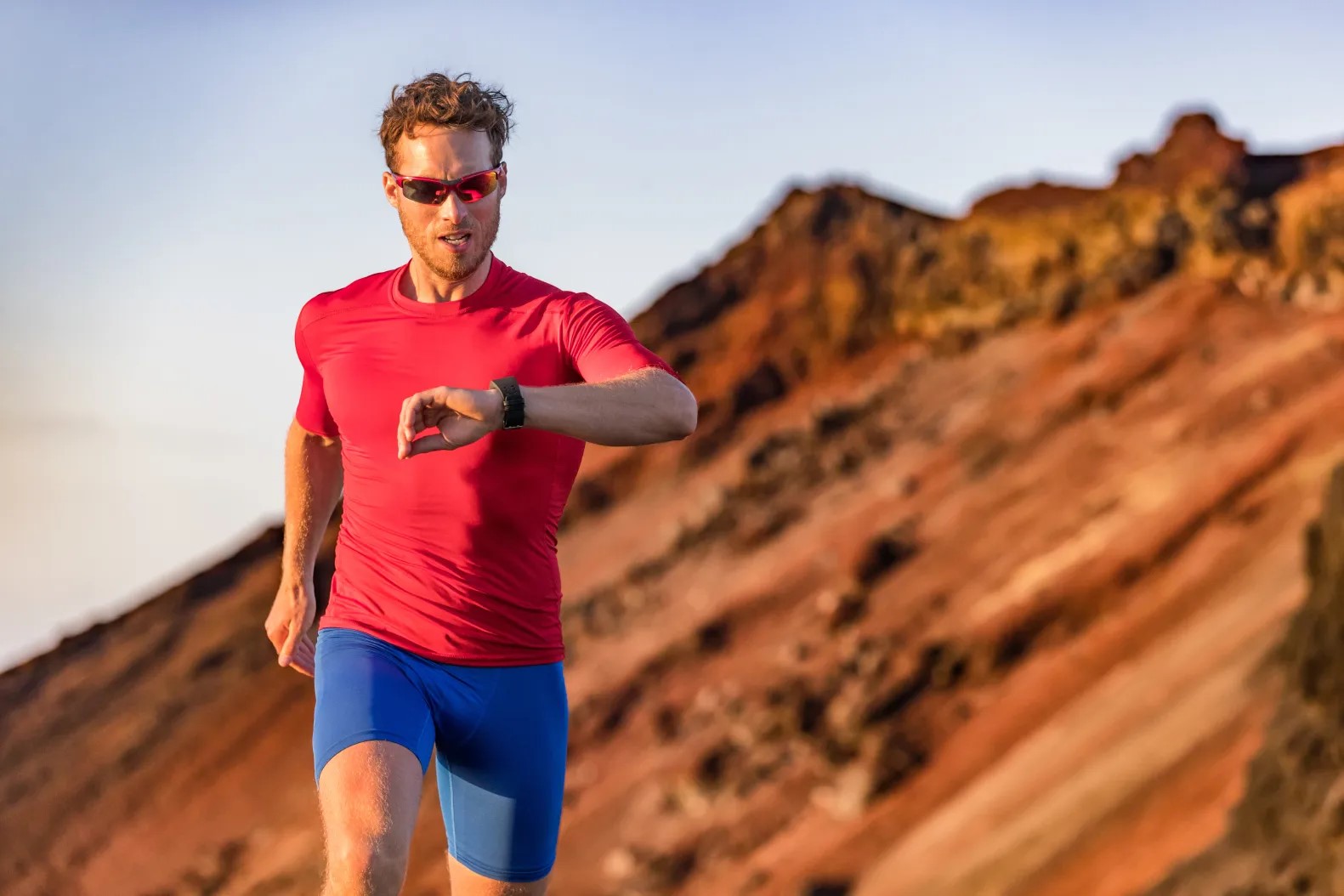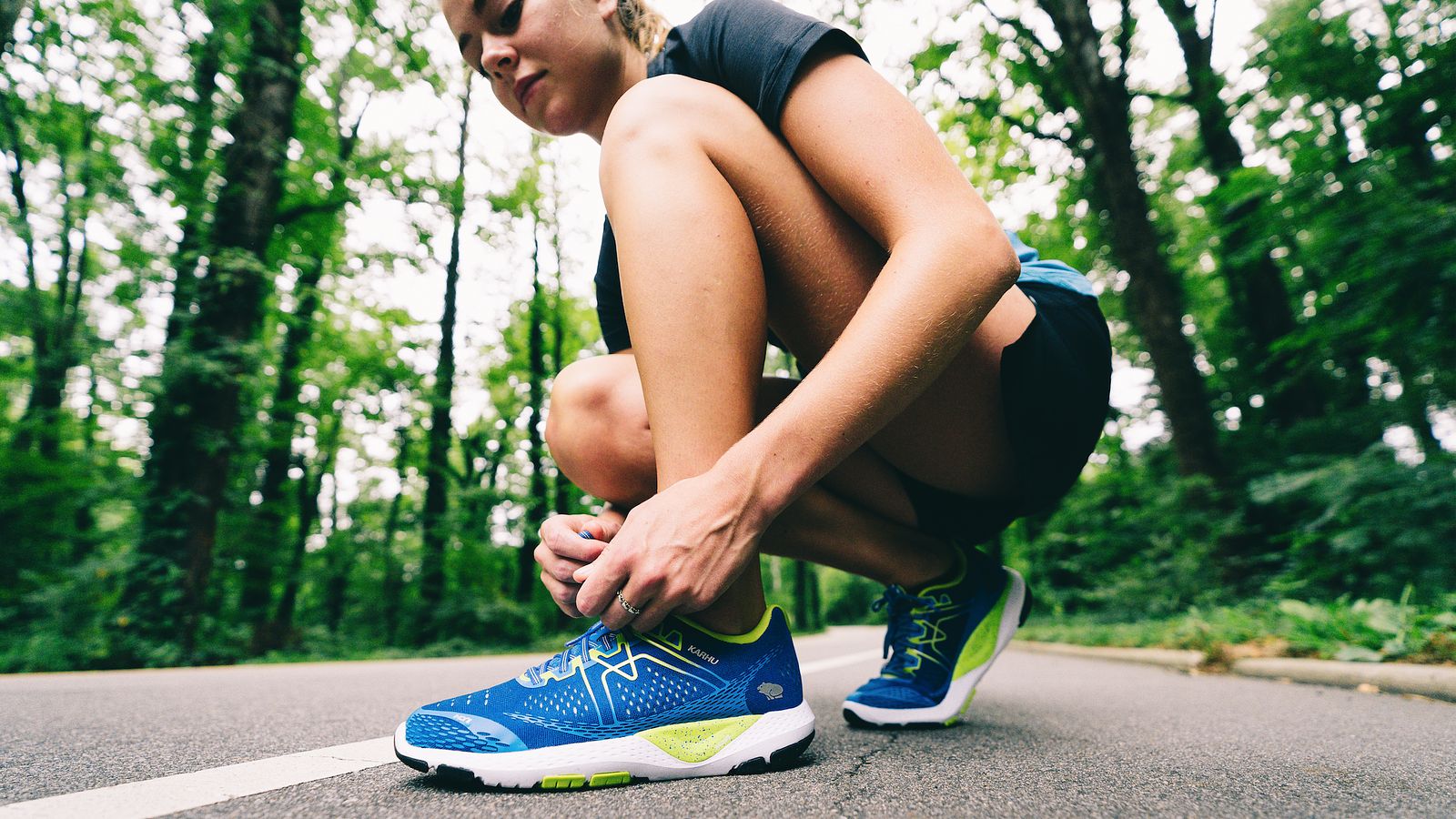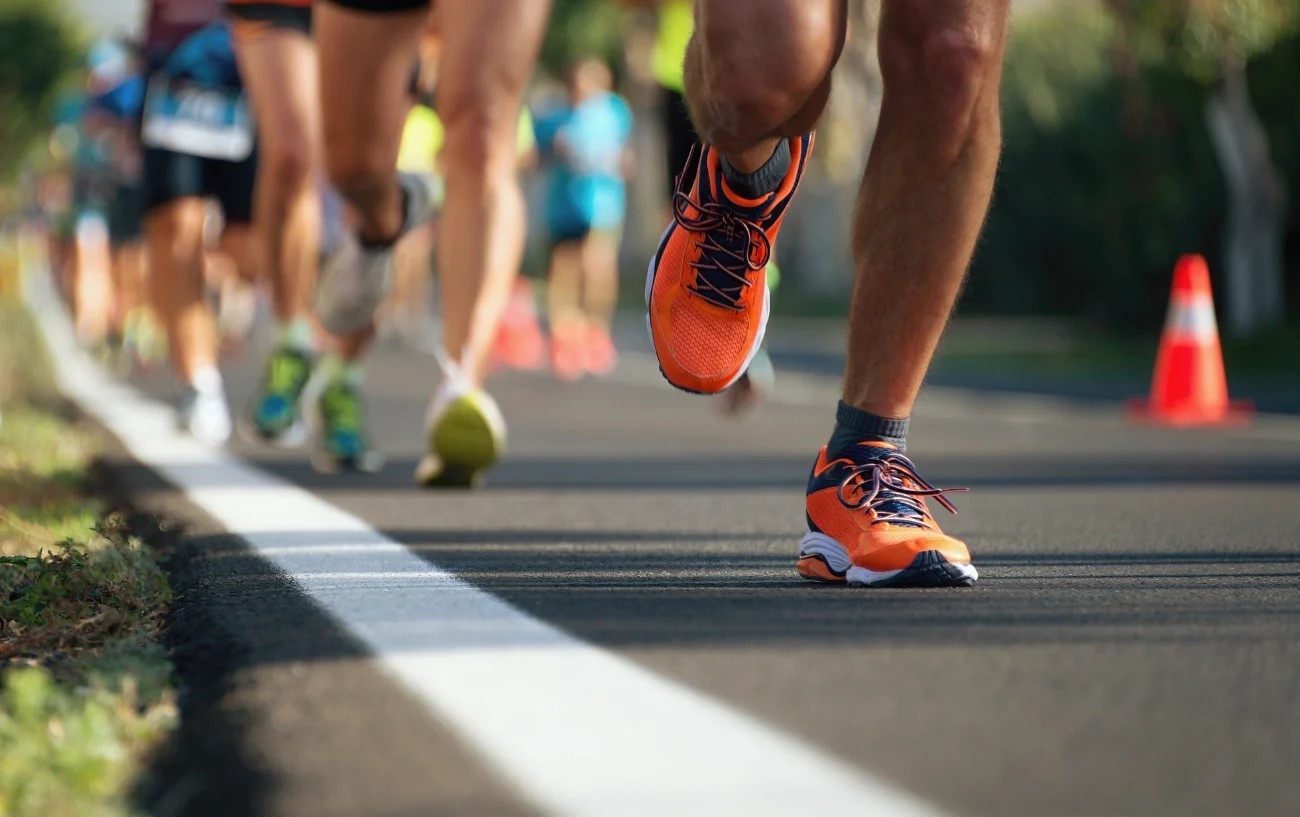Home>Gear & Reviews>Shoes>Top Picks: The Best Brand Of Running Shoes For Optimal Performance
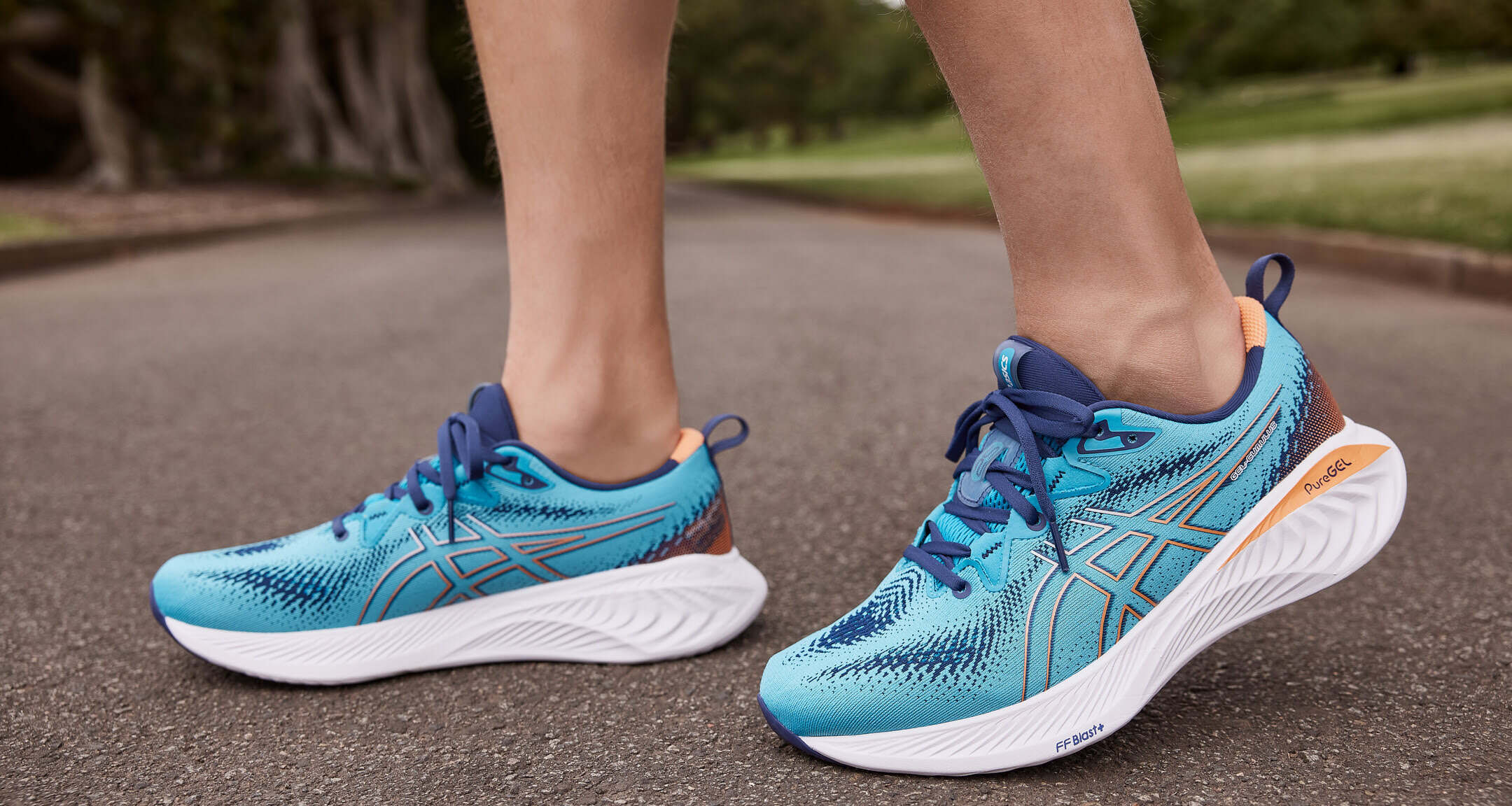

Shoes
Top Picks: The Best Brand Of Running Shoes For Optimal Performance
Published: February 9, 2024
Discover the top picks for the best brand of running shoes to enhance your performance. Find the perfect shoes for your running needs and achieve optimal results. Choose from a wide selection of high-quality shoes.
(Many of the links in this article redirect to a specific reviewed product. Your purchase of these products through affiliate links helps to generate commission for Therunningadvisor.com, at no extra cost. Learn more)
Table of Contents
Introduction
When it comes to optimizing your running performance, the significance of selecting the right pair of running shoes cannot be overstated. The perfect running shoes can make a remarkable difference in your comfort, support, and overall running experience. With a myriad of brands and models available in the market, choosing the best brand of running shoes can be a daunting task. However, fear not, as we have curated a comprehensive guide to help you navigate through the sea of options and find the ideal pair that suits your unique needs.
In the following sections, we will delve into the essential factors to consider when choosing running shoes, providing you with valuable insights to make an informed decision. Additionally, we will unveil our top picks for the best brand of running shoes, offering a diverse selection to cater to various preferences and requirements. Whether you are a seasoned runner or just embarking on your running journey, this guide aims to equip you with the knowledge to elevate your running experience through the perfect pair of running shoes. So, lace up your shoes and get ready to discover the key to unlocking your optimal running performance.
Factors to Consider When Choosing Running Shoes
Selecting the right running shoes involves a thoughtful evaluation of various factors to ensure that they align with your unique running style, foot structure, and performance goals. Here are the key considerations to keep in mind when choosing the perfect pair of running shoes:
-
Foot Type: Understanding your foot type is crucial in determining the most suitable running shoes. Whether you have flat feet, high arches, or neutral arches, there are specific shoe designs tailored to provide the necessary support and stability for your foot structure.
-
Cushioning and Support: The level of cushioning and support offered by running shoes plays a pivotal role in absorbing impact and providing comfort during runs. Consider the type of terrain you will be running on and choose shoes with adequate cushioning to minimize the risk of discomfort and potential injuries.
-
Fit and Comfort: A proper fit is paramount for running shoes. They should snugly accommodate your feet without being too tight or causing friction. Prioritize comfort to ensure a pleasant running experience and reduce the likelihood of blisters or discomfort.
-
Running Style: Your running gait and style influence the type of shoes that will best complement your movements. Whether you are a neutral runner, overpronator, or supinator, there are shoes designed to address specific gait patterns and provide the necessary stability and motion control.
-
Breathability and Weight: Opt for running shoes that offer breathability to keep your feet cool and dry during long runs. Additionally, consider the weight of the shoes, as lighter options can contribute to a more effortless and agile running experience.
-
Durability and Traction: Assess the durability of the outsole and overall construction of the shoes to ensure they can withstand the demands of regular running. Adequate traction is also essential, especially if you frequently run on varied surfaces or in challenging weather conditions.
-
Brand Reputation and Reviews: Research the reputation of different running shoe brands and delve into user reviews to gain insights into the performance, durability, and overall satisfaction of specific models. This can guide you in making an informed decision based on real-world experiences.
By carefully evaluating these factors and understanding their impact on your running experience, you can make a well-informed decision when selecting the best brand of running shoes. Keep in mind that the perfect pair of running shoes should not only enhance your performance but also provide the comfort and support necessary to enjoy every stride.
Top Picks for the Best Brand of Running Shoes
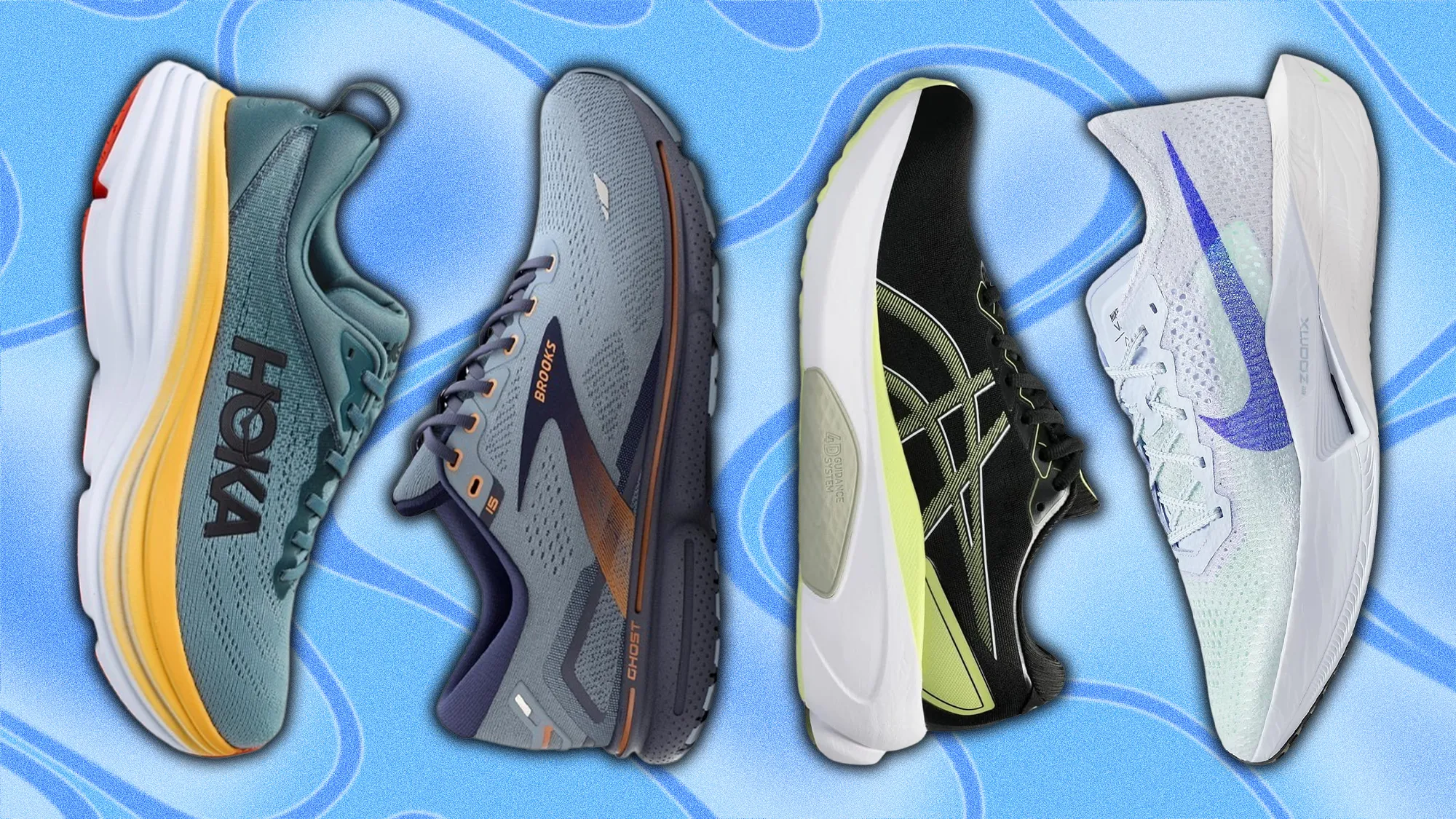
When it comes to the best brand of running shoes, several renowned names stand out for their commitment to innovation, performance, and quality. These brands have consistently delivered exceptional running shoes that cater to a wide range of preferences and running styles. Without further ado, let’s explore our top picks for the best brand of running shoes, each offering unique features and benefits to elevate your running experience.
1. Nike
Nike has solidified its position as a frontrunner in the running shoe industry, renowned for its cutting-edge technologies and versatile shoe designs. From the iconic Nike Air Zoom series to the innovative Nike React models, this brand continues to push the boundaries of performance footwear. Nike running shoes are celebrated for their responsive cushioning, lightweight construction, and adaptive support, making them a top choice for runners seeking a blend of comfort and speed.
2. Brooks
For runners prioritizing comfort, support, and durability, Brooks stands out as a leading brand with a steadfast focus on creating running shoes that cater to diverse needs. The Brooks Ghost and Brooks Adrenaline GTS series have garnered widespread acclaim for their plush cushioning, reliable stability, and adaptive fit, making them ideal companions for long-distance runs and everyday training. With a commitment to biomechanical research and sustainable practices, Brooks continues to earn the trust of runners worldwide.
3. ASICS
ASICS has earned a stellar reputation for crafting running shoes that strike a harmonious balance between cushioning, stability, and performance-driven features. The ASICS Gel-Kayano and ASICS Gel-Nimbus series exemplify the brand’s dedication to delivering exceptional comfort, impact absorption, and support for various running styles. Whether you seek enhanced pronation control or a responsive ride, ASICS running shoes are engineered to empower runners to achieve their goals with confidence and comfort.
4. New Balance
New Balance has carved a niche in the running shoe market by offering a diverse array of models tailored to individual preferences and foot dynamics. The New Balance Fresh Foam and New Balance 1080 series showcase the brand’s commitment to providing plush cushioning, reliable traction, and a personalized fit for runners of all levels. With a focus on blending performance with style, New Balance running shoes cater to runners who value both functionality and aesthetic appeal.
5. Hoka One One
Hoka One One has redefined the running shoe landscape with its distinctive maximalist designs, prioritizing maximal cushioning and a smooth, stable ride. The Hoka One One Clifton and Hoka One One Bondi series have gained a loyal following among runners seeking unparalleled shock absorption, lightweight construction, and a unique running experience. Embracing a bold approach to shoe design, Hoka One One continues to captivate runners looking for a fresh perspective on comfort and performance.
Each of these top brands represents a commitment to excellence, innovation, and the relentless pursuit of enhancing the running experience. Whether you prioritize speed, cushioning, stability, or a combination of these factors, these top picks for the best brand of running shoes offer a diverse selection to cater to your specific needs and preferences. With the right pair of running shoes from one of these esteemed brands, you can embark on your runs with confidence, comfort, and the assurance of optimal performance.
Conclusion
In conclusion, the quest for the best brand of running shoes is a deeply personal journey, influenced by individual preferences, running style, and performance goals. By considering crucial factors such as foot type, cushioning, fit, and brand reputation, runners can make informed decisions when selecting the perfect pair of running shoes. The top picks for the best brand of running shoes, including Nike, Brooks, ASICS, New Balance, and Hoka One One, exemplify a commitment to innovation, quality, and performance, catering to a diverse spectrum of runner needs.
Ultimately, the ideal running shoes should seamlessly integrate with the runner’s unique biomechanics, providing the necessary support, comfort, and responsiveness to enhance the running experience. Whether you prioritize lightweight agility, plush cushioning, or reliable stability, the top brands mentioned offer a myriad of options to align with your specific preferences and requirements.
As you embark on your journey to find the best brand of running shoes, remember that the perfect pair extends beyond mere functionality. It becomes a trusted companion, propelling you forward with each stride, and inspiring confidence in your pursuit of optimal performance. With the right pair of running shoes, you can elevate your running experience, conquer new milestones, and embrace the joy of running with unparalleled comfort and support.
In the end, the best brand of running shoes is not just a product; it becomes an integral part of your running identity, empowering you to push boundaries, surpass limitations, and revel in the sheer exhilaration of every run. So, lace up your chosen pair, hit the pavement, and let the synergy between you and your running shoes propel you toward new horizons, one stride at a time.

